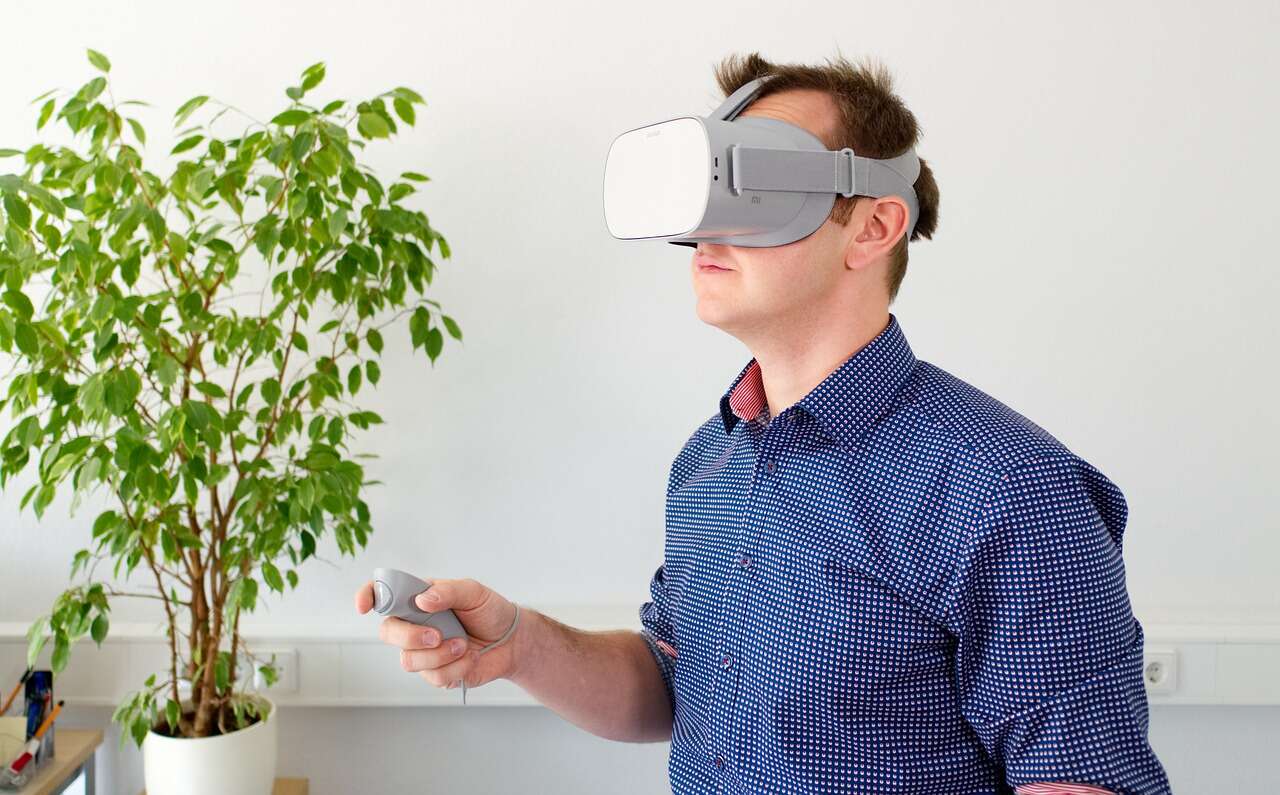Online experience evolution
Internet connects people, and with its evolution, it also changes the way we connect with one another. While Internet initially connected individuals online, it soon moved toward creating online communities.
Today people have the ability to connect with these online communities in a decentralized, community-owned virtual world.
Each era of the Web has evolved and expanded from the previous one, and presents more means and interactive experiences.
"The Metaverse is here, and it is not only transforming the way we see the world, but also the way we participate in it, from the factory to the boardroom.
It's no longer just watching a camera view on the floor of a factory, you can be on the floor. It is no longer just video conferencing with colleagues, you can be with them in the same room. It's no longer just playing a game with friends, you can be in the game with them."
- SATYA NADELLA, PRESIDENT AND CHIEF EXECUTIVE OFFICER OF MICROSOFT -
However, the growth of Internet has caused centralized platforms to become the focus of these connections. Web traffic, for example, is focused on platforms such as Google, Youtube, Amazon, Apple, TikTok, and Meta. Technology companies dominate about 56 percent of global app traffic.

The Web's evolution and the importance of VR/AR devices.
This is a different Internet than the one we are used to.
1. Many are used to what specialists call Web 1.0, which refers to the AOL and e-mails of this world, the Web in which people read and more rarely shared their stories.
2. Others associate the Internet with the concept of Web 2.0, which has social media and sharing suitable for all, and which does not require advanced technological skills.
3. Today we are in Web 3.0, which is a reaction to the centralization caused by Web2. It identifies a new digital asset: at its core, crypto-assets, or the world of decentralized technologies, in which these digital assets are identified, which may be fungible or non-fungible, but not copyable.
In fact, the crypto root is related to cryptography, which allows these assets to be unique or to exist in a well-identified limited number. We are talking about Tokens and Smart Contracts both decentralized structures.
Web 1.0, 2.0 and 3.0 differ not only in the technologies on our computers, but also in their devices.
In the context of web 1.0, for instance, the PC became popular within homes and later in business settings.
Web 2.0, instead, was characterized by the web on mobile.
Web 3.0 will be characterized by certain devices, an example is the one produced by Facebook-which not surprisingly has now changed its name to META-called OCULUS, made precisely to enter the metaverse.
It is not certain that this will become the final device, this cannot be predicted. (One remembers the initial difficulties and discussions regarding apprehensions about the PC, or even the increasing pervasiveness of cell phones.)

Since Meta gave its presentation in the transition to the metaverse, the virtual world has become more of a reality. Big companies would have us believe that virtual or augmented reality hardware is a kind of Trojan horse and an essential ingredient for a metaverse. But in reality they are just a way to become dominant providers of computer interfaces that act as intermediaries for people's metaverse experiences.
It is not necessary that a metaverse exists only in VR/AR. It will be the kinds of activities enabled by metaverses that allow people to get out remotely, work together, and socialize.
You can have immersive hardware, software and everything else, but mostly it has to be an open and universal economic system that prioritizes users and the sovereignty of their data.
The Web 3.0 device will pose the same problems, but also other opportunities: usable environments with new and endless possibilities will be created. Because if the Metaverse is a vision of the "Internet of the future", and there are technologies, including crypto, behind the metaverse, then there are features that deeply enhance our online experience.
| Web iterations | ||
|---|---|---|
| Web 1.0 | Web 2.0 | Web 3.0 |
| Static | Dynamic | Dynamic |
| Reading only | Reading and writing | Reading, writing and execution |
| Searching web pages | Interactions and connections with others | Interactions and connections with others |
| Published content | User-generated content | User-generated content |
| Decentralized | Centralized | Decentralized |
| Algorithms suggest relevant content based on user data | Ownership of personal data | |
| Social applications, cloud-based | Machine learning, blockchain-based economies | |
